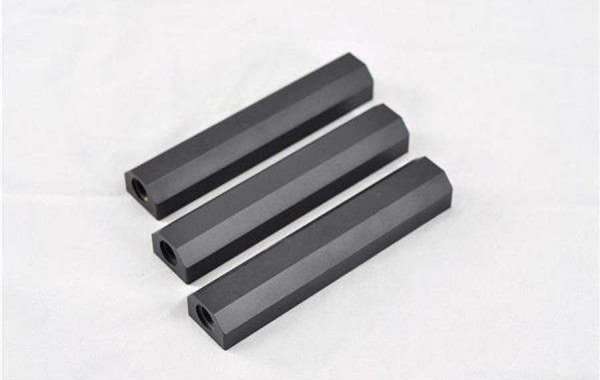Basic principles of ultra-precision machining technology

1. CNC single-point diamond machining technology
CNC single-point diamond machining technology is a processing technology for aspherical optical parts. It uses a single crystal diamond tool on an ultra-precision CNC lathe to process aspherical optical parts by single-point turning with a diamond tool under the control of a specific 5 axis machining environment. This technology is mainly used for optical parts of small and medium size infrared crystals and metal materials.
2. CNC grinding and polishing technology
CNC grinding and polishing technology is an optical part manufacturing technology that uses CNC precision machine tools to grind the surface of the workpiece into the required surface shape, and then polish it with a flexible polishing die to make the workpiece meet the technical requirements. The principle of this technology is close to the classical optical processing technology, mainly through the digital precision control of the machine tool to realize the precision processing of optical parts.
3. Optical lens molding technology
The optical lens molding technology is to put the softened glass into a high-precision mold, and directly press and mold making the optical parts that meet the requirements of use under the conditions of heating, pressure and oxygen-free. It can be said that the popularization and application of optical lens molding technology is a major revolution in the processing technology of optical glass parts. This technology has epoch-making significance for the cost reduction and production increase of aspheric glass parts.
Application Scope of Ultra-Precision Machining Technology of Optical Parts
1. CNC single-point diamond machining technology
At present, the materials that meet the optical surface quality requirements can be directly processed by diamond turning technology, mainly non-ferrous metals, germanium, plastics and infrared optical crystals, while the processing of glass cannot meet the optical surface quality requirements, and needs to continue grinding and polishing correction. Another main use of Basic principles of ultra-precision machining technology is to process various precision molds required for compression molding.
2. CNC grinding and polishing technology
The main processing material of CNC grinding and polishing technology is glass, which makes up for the deficiency that CNC single-point diamond processing technology cannot directly process finished optical glass parts. This technology is mainly used for cnc turning aluminum spherical and aspherical optical parts. It is the main technology to replace the traditional classical optical glass processing method. It has the advantages of high precision and high processing efficiency. At present, the development history of this technology in the market is relatively long, and the mature equipment is relatively comprehensive.
The computer numerical control grinding and polishing technology has not only made great progress in the automation of aluminum machining service and machining accuracy, but also the research on various polishing methods and principles has greatly promoted the development of optical aspheric surface machining technology.
3. Optical lens molding technology
At present, optical lens molding technology has been used to mass-produce precise spherical and aspherical lenses. It can not only manufacture commonly used medium aperture lenses, but also extend to 100 micron micro lens arrays and 50 mm larger aperture lenses, which can not only manufacture spherical and aspheric optical parts in military and civilian optical instruments, but also manufacture optical communication Aspherical lenses for optical fiber couplers, etc.








